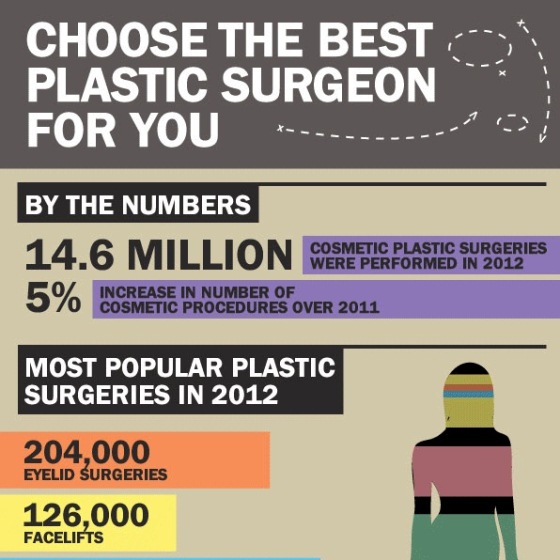Pros And Cons Of Laser Resurfacing
Pros And Cons Of Laser Resurfacing
Blog Article
Sources of Acne on Cheeks
Acne breakouts in the cheek location are set off by several things, from touching your face frequently to not altering your pillowcase frequently enough. Picking at acnes enhances your threat of infection and scarring, and specific drugs can get worse dark areas (postinflammatory hyperpigmentation).
Thankfully, there are numerous methods to avoid and treat cheek acne. These include:
1. Hormonal Changes
Acne is mostly caused by hormones, especially those produced throughout the age of puberty and maternity. For some, a family history of acne might additionally add to their problem. Anything that blocks pores, such as oil-based skin care products or waxy hair products, can trigger acne. Various topical therapies, like benzoyl peroxide and salicylic acid, can deal with microorganisms and unclog pores. Those with extreme or persistent acne must seek treatment from their doctor.
Avoid touching or pressing your acne, as this can press several of the germs deeper right into the skin, resulting in a much more severe breakout. It is additionally vital to transform pillow cases on a regular basis and utilize clean makeup brushes. You should likewise try to avoid toxic irritants such as rubbing from using a safety helmet or tight collar.
2. Diet regimen
The oily, sweet foods that lots of people think trigger acne might in fact refrain so. As a matter of fact, research studies have revealed that consuming a diet plan abundant in whole, nutrient-dense foods helps to stop outbreaks.
Foods high in the glycemic index (such as white bread, corn flakes, puffed rice and potatoes, doughnuts and other breads) elevate blood glucose levels rapidly, and this can increase hormonal agents that improve oil production and bring about acne.
Consuming cow's milk has also been connected to boosted acne breakouts. If you are a regular cow's milk enthusiast, you may want to try changing to low-fat or nondairy options that are fortified with calcium. On top of that, consuming alcohol more water can help to lower acne since it helps to maintain the skin hydrated.
3. Excess Oil
While oil is vital for healthy skin, it can come to be an issue when too much sebum blends with dead skin cells and obstructs pores. This combination can develop blackheads, whiteheads and pimples. The clogged pore wall surface can hair botox break down and spill germs, dead skin cells and sebum into bordering skin. This causes a red bump known as an acne. Often these red bumps have pus in the center from a microbial infection. Larger contaminated bumps that appear like acne are called cysts.
There are numerous points that can trigger excess sebum and clogged pores, consisting of hormone variations, diet plan and everyday habits. Some instances include touching the face regularly, resting your hand on your cheek, making use of filthy make-up brushes and not transforming pillowcases routinely.
4. Stress
If you're taking care of throbbing acnes or a slew of blackheads and whiteheads, it might be time to speak with a skin doctor. They can suggest an effective therapy that suits your skin kind. Practicing leisure and stress-reduction techniques likewise helps.
Acne can take place in the cheeks because of friction and stress, such as when a person touches their face often or wears a hat or sports helmet that massages against the skin. It can additionally appear where oily cosmetics and lotions scrub versus the skin.
Prevent squeezing acne, as this can press infected product deeper into the skin and bring about scarring. Instead, see a medical professional to discover preventative treatments like medicine, skin treatment products and way of living changes. Consuming a healthy diet plan of entire foods, getting 7 to nine hours of rest and making use of noncomedogenic makeup and skin care products can all help reduce acne outbreaks.
5. Hair Products
Hair products are not normally thought of as a source of breakouts, yet they can contribute to acne on the cheeks in some individuals. Pomade acne, which is identified by small shut comedones and papulopustules, is commonly triggered by making use of oily hair items that contain comedogenic components such as particular oils and acetylated lanolin.
Selecting hair products that don't have these potentially comedogenic active ingredients is an essential action towards minimizing outbreaks. Also, making sure that hair products aren't being available in contact with the skin can aid prevent outbreaks. As an example, wearing a headscarf or bonnet at night can restrict hair-to-face call and reduce the possibility that leave-in hair items will abrade onto the face.
Along with using a non-comedogenic moisturizer and cleaning with an acne face clean, other useful methods consist of: